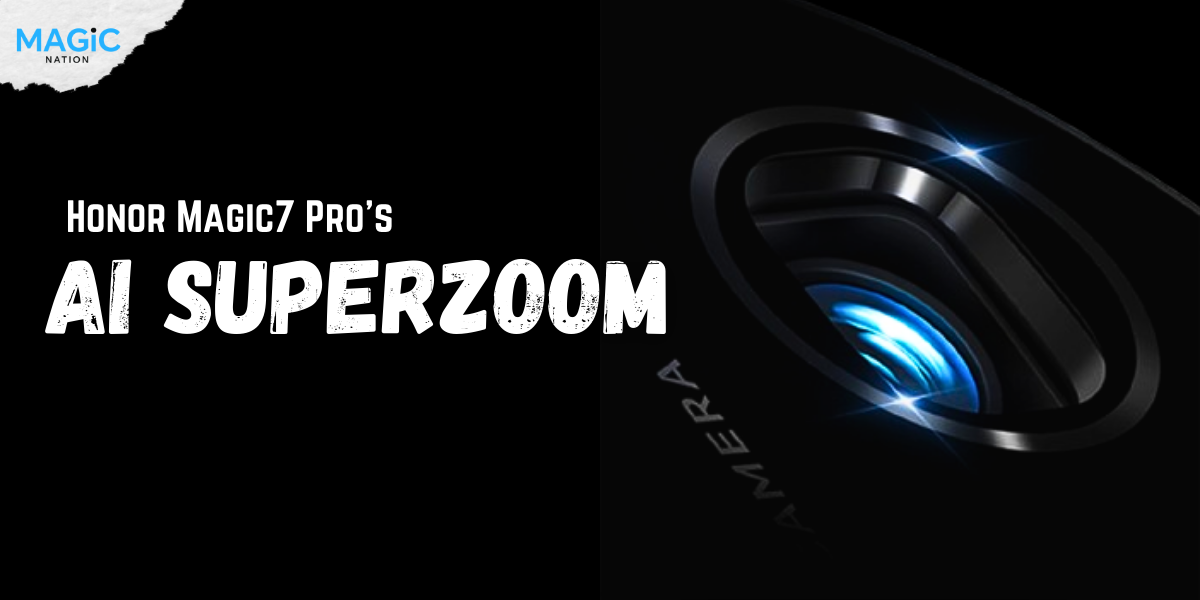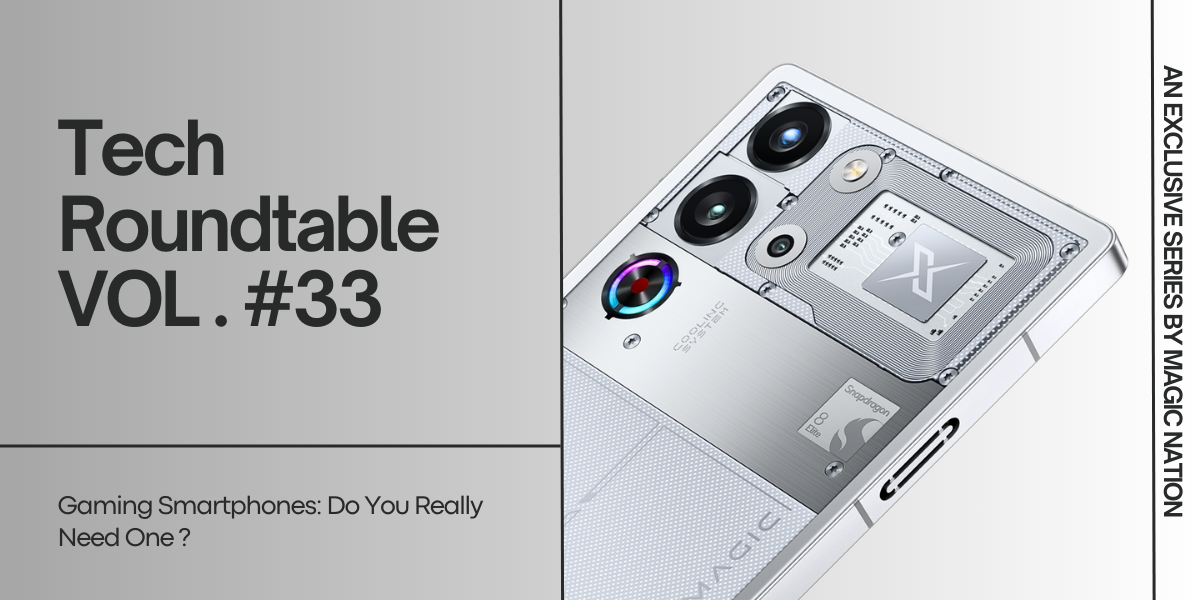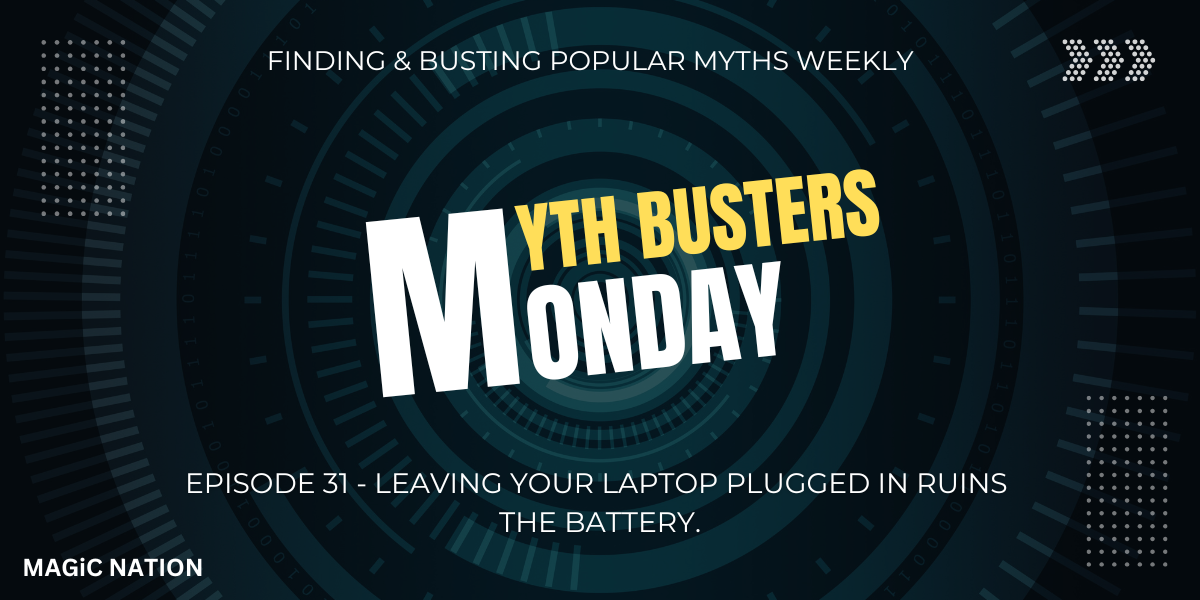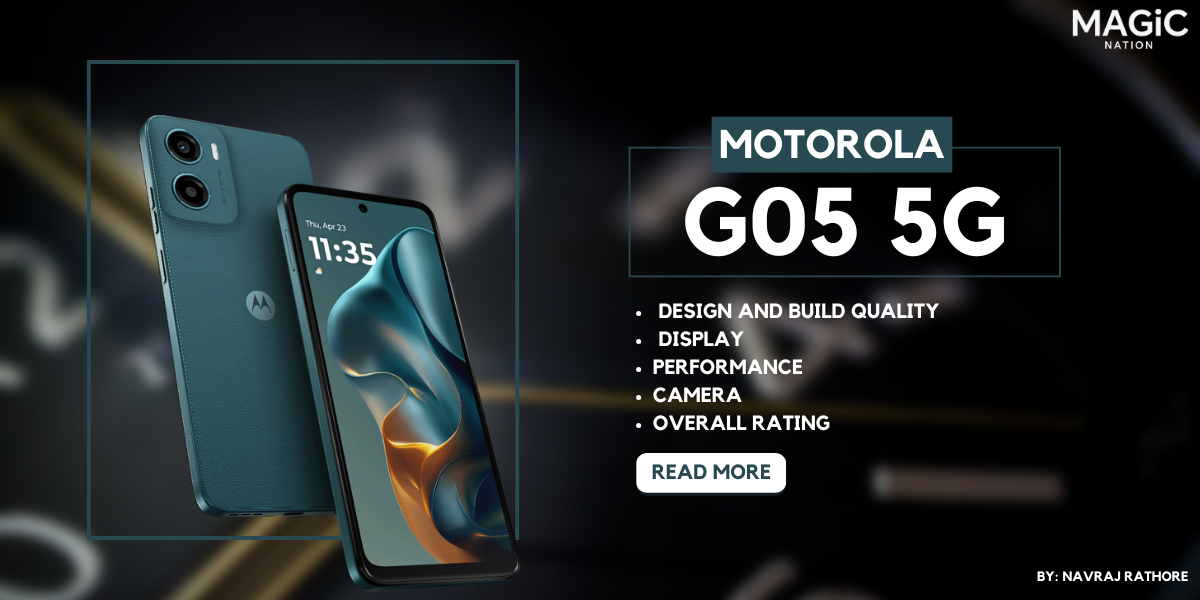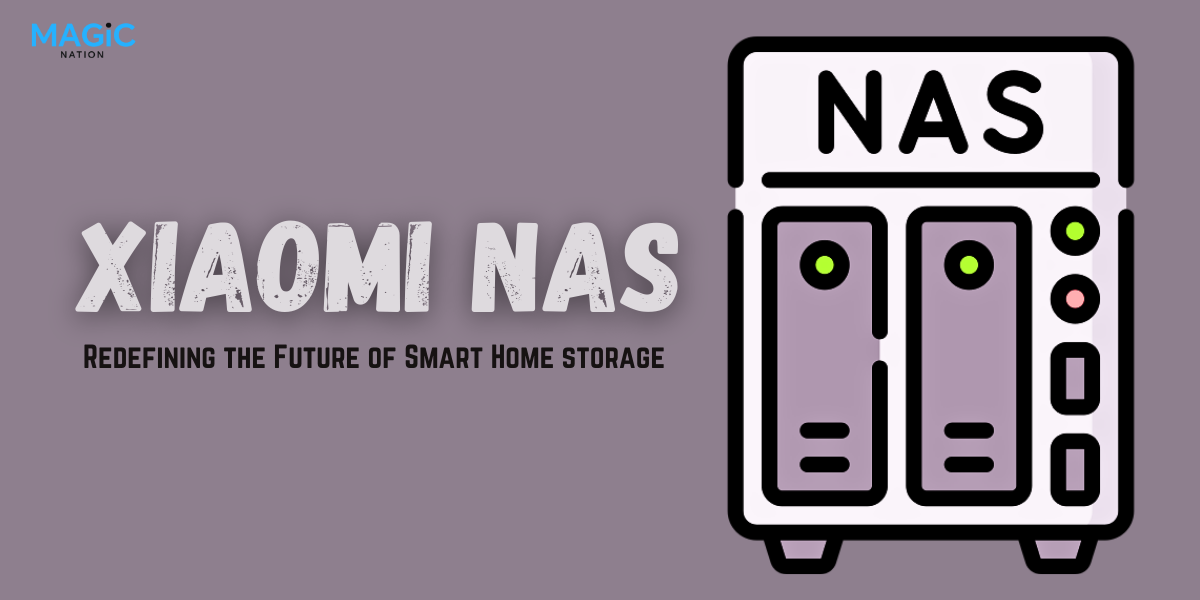This is why Christopher Nolan is so renowned as a writer-director. Not only does he create complex narratives, but he also employs innovative techniques to bring them to life and fascinate viewers. Filmmaking, both narrative and technical, is a skill that Nolan possesses. For this reason, audiences are always excited to discover what new heights he is willing to go to in his films. His ability to tell stories and create images is what draws people in.
In this article we are going to explore the technical side of nolan’s film-making. We’ll dive into this by looking over and analyzing some statements made by Christopher Nolaln himself,
though we are abandoning the film-cameras, cinematographers tend to prefer digital cameras because its easier technically. The biggest advocates for shooting on film aren't typically Director of Photography (DPs), but rather directors. People who are responsible for the overall artistic vision of a project. So you have Nolan prefer film because it fits their artistic sensibilities. To Nolan, the emphasis is more on the process of content making rather than the content that is made. Digital camera manufacturers strive specifically for giving a clean, sharp and immaculate picture quality. In doing so, it drifts away from not only the cinema of the past, but also the flaws of human vision. Shooting on film cameras however, bring out the content that is much closer to the human eye, the biggest example of this is the praise that oppenheimer got because the visuals that were used by nolan projected viewer as a character of the movie itself and were present at the actual event location."The way film camera records light in film emulsion gets as close to the way an eye sees."
Some of the highest resolution film cameras available were used to shoot "Oppenheimer." Similar to "Tenet" and "Dunkirk," "Oppenheimer" was shot entirely on big format film stock. The larger IMAX picture frame makes for a more immersive experience for the audience and enables Nolan to completely immerse them in his stories. Both the scale and visual quality are unparalleled.“We put a lot of effort into shooting the film in a way that we can get it out on these large format screens. It really is just a great way of giving people an experience that they can’t possibly get in the home.”
The combination of an IMAX camera and 70mm film yields the best picture quality you will ever see in a theatre, not just because of the incredible clarity, but also because it produces a genuine experience that connects you to the scene. According to Nolan, it's like "virtual reality without the goggles."
On use of AI in filmaking, Nolan says, He tries to give the actors a complete reality around the scenes and is more of an aged film-maker and uses technology as it is best for. Like doing a real stunt and then brushing the wires and other safety equipments.
He makes an excellent point about the importance of authenticity in both filmmaking and the viewing experience. There is still a major disconnect between what AI can generate and true reality. As an audience member, I have no interest in seeing something artificial or half-baked on screen. If a movie tries to pass off an AI-generated explosion as real, it will feel "off" to me. But a small detail created through effects or captured in-camera takes on a whole new dimension.
The difference between fake and real is quite evident. Ultimately, realism matters. Even if it's logistically harder, I would rather filmmakers put in the effort to capture something tangible. As a viewer, I can tell when that authenticity is missing versus when something feels grounded and lived-in. AI may one day bridge that gap convincingly, but it still has a ways to go. For now, nothing replaces in-camera, on-location filming and practical effects done well. The viewer experience hinges on that feeling of reality. Half-measures simply won't provide the same impact. The imperfections and texture of vintage film material, as explained by Nolan, resemble human vision more closely. A viewing experience that cannot be had at home is made possible by the size and detail of IMAX cameras. Live-shot explosives and real-world stunts increase the visceral effect. In order to fully immerse the audience in situations unfolding before their eyes, Nolan forgoes digital shortcuts in order to maintain connection as well as artistry.
Though it maybe of a personal preference of him as many of the industry experts do prefer to go digital, but as the final results suggest it has worked in his favour.
Even though Nolan has a distinct style as a filmmaker, after some thought, the technical execution and cinematography are really what make the on-screen experiences so realistic. The way that Nolan's films are shot—whether it's with different cameras, lenses, film stock, or theatre screens— gives their images an additional level of reality. An amazing degree of detail and immersion is preserved and conveyed by Nolan through the use of massive, high-resolution IMAX screens to display scenes that were captured almost entirely in-camera. The final shots seem more subtle, organic, and true to what we perceive in the actual world.I recently read an interesting take on Quora by a user (Shan Gupta) – that his movies are so close to reality is one fact that makes him apart.
In this sense, production decisions are ultimately responsible for the "close-to-reality" impact, even before Nolan's inventive storytelling is involved. His technical proficiency takes us long before his inventive stories begin to take shape.


